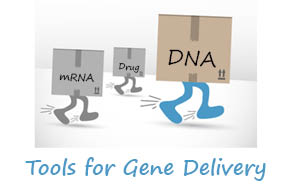In 2012, Roux et al. published a nice paper, that received no less than four article recommendations from F1000 researchers. The paper described a method for tracking the interaction partners a protein has had within a cell (a history of its interacting partners). The method, called BioID, is based on proximity-dependent biotinylation of proteins by a promiscuous biotin ligase mutant BirA (R118G), which is fused to your protein of interest. After an overnight incubation with biotin, cells can be subjected to harsh lysis and biotinylated proteins can be isolated and identified by mass spectroscopy to determine the proteins that had come into contact with the chimeric BirA (R118G) protein. This method is a bit different from standard co-IP or pull-down experiments, because it allows one to identify proteins who interact transiently or weakly with the protein of interest. Also, due to the strong biotin-avidin binding affinity, harsh washes can greatly reduce background protein binding.

DOI: 10.1371/journal.pone.0122886
We’ve consulted some experts using this protocol in their labs, and here are the steps required to perform BioID:
1) Obtain pcDNA3.1-myc-BirA(R118G) from an academic collaborator or Addgene
2) Perform or request a custom cloning of your gene of interest (GOI) into the vector EcoRI and HindIII sites to myc-BirA-GOI vector
3) Transfect cells with BirA(R118G) chimeric protein mammalian expression vector using an appropriate transfection reagent
4) Incubate cells overnight in medium with 50 mM biotin
5) Lyse cells directly in 1X Laemmli buffer and sonicate.
6) Incubate lysates with streptavidin-coupled beads for 3 hours at 4°C.
7) Pellet beads and wash 5 times with 1mL RIPA buffer.
8) Elute bound proteins by boiling at 100°C for 8 minutes in 2X Laemmli buffer.
9) Analyze eluted proteins by western blot or mass spec.
Now a number of research articles have been published using the BioID method and have identified novel protein-protein interactions. Some researchers have noted differing results using N- or C-terminal BirA (R118G) tagging. At least part of this might come from the chimeric protein’s intracellular localization. Indeed an important step is to confirm that the BirA(R118G) fusion has the same intracellular localization as the protein of interest.


